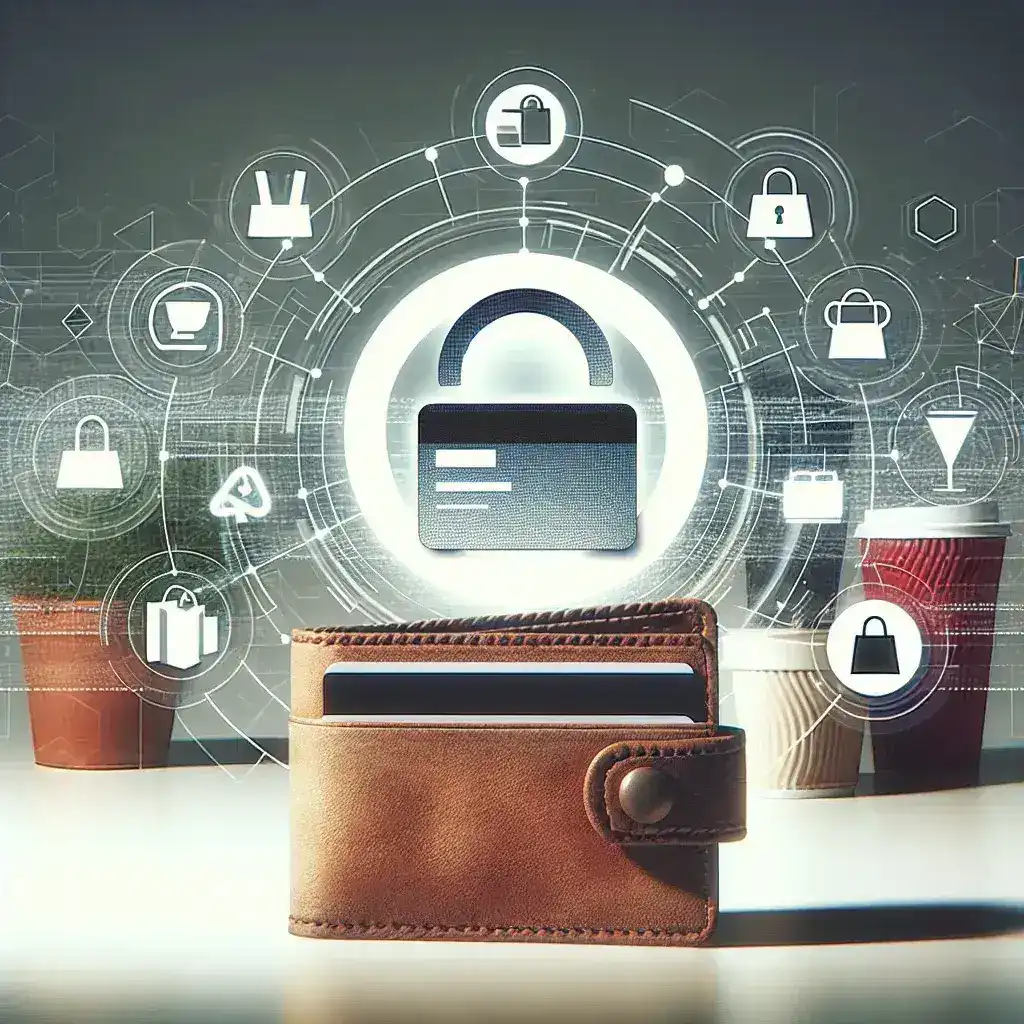Introduction
In an age where digital wallets are revolutionizing the payment landscape, Apple Pay is at the forefront, constantly innovating to enhance user experience. One of the most exciting developments recently is the expansion of loyalty card integrations within U.S. retail chains. This article explores the implications of this expansion, its historical context, future predictions, advantages, disadvantages, and personal anecdotes that highlight its importance.
The Rise of Digital Wallets
The digital wallet phenomenon has gained remarkable traction over the past decade, with Apple Pay leading the charge. Launched in 2014, Apple Pay has consistently sought to simplify payment processes for consumers while providing robust security features. As users increasingly favor contactless payments, the integration of loyalty cards into this platform is a natural evolution aimed at enhancing the shopping experience.
A Historical Perspective
Before the advent of digital wallets, consumers relied heavily on physical loyalty cards to accumulate points and rewards. However, these cards often cluttered wallets and were easily forgotten, leading to lost opportunities for both consumers and retailers. The introduction of mobile wallets like Apple Pay changed this paradigm, allowing consumers to store all their essential cards digitally, leading to a seamless checkout experience.
The Expansion of Loyalty Card Integrations
Recently, Apple Pay has made significant strides in expanding its loyalty card integrations across various retail chains. This expansion means that more stores can link their loyalty programs directly to Apple Pay, allowing users to earn rewards and access discounts without fumbling through their wallets.
Key Retail Chains on Board
- Starbucks
- Walgreens
- Target
- CVS Pharmacy
- Best Buy
With these integrations, users can add their loyalty cards directly to the Apple Wallet app, enabling a faster and more efficient checkout process. A simple tap of the phone at the register can reveal loyalty balances, apply discounts, and even redeem points, all without the need for physical cards.
The Benefits of Apple Pay’s Loyalty Card Integration
Simplified Transactions
One of the most significant advantages of this integration is the simplification of transactions. When shopping, customers can easily access their loyalty program information, ensuring that they never miss out on rewards. The integration also minimizes the risk of forgetting loyalty cards at home.
Enhanced Customer Engagement
Retailers benefit from enhanced customer engagement through real-time updates on loyalty points and rewards. These notifications can encourage repeat purchases and foster brand loyalty, ultimately boosting sales.
Increased Security
With Apple Pay’s built-in security features, including tokenization and biometric authentication, users can shop with peace of mind. Loyalty card data remains secure, reducing the risk of fraud.
Time-Saving Convenience
In a world where time is of the essence, Apple Pay’s loyalty card integration allows users to streamline their shopping experiences. Customers can skip lines by using their phones for quick and easy transactions.
Challenges and Considerations
Technology Adoption
Despite the numerous benefits, some consumers remain hesitant to embrace digital wallets fully. A segment of the population still prefers traditional payment methods and may be reluctant to transition to a mobile solution.
Integration Complexity
For retailers, the integration of loyalty programs with digital payment solutions can be complex and resource-intensive. Not all retailers may have the infrastructure in place to support seamless integration.
Privacy Concerns
As with any technology that collects user data, privacy concerns loom large. Customers may worry about how their data is used and shared, which could hinder widespread adoption.
Future Predictions
As Apple Pay continues to expand its loyalty card integrations, we can expect several future trends:
- Increased Retail Partnerships: More retailers will likely recognize the benefits of integrating their loyalty programs with Apple Pay.
- Personalized Marketing: Retailers may use data analytics to provide personalized offers based on customer behavior.
- Global Expansion: As Apple Pay gains traction in the U.S., global rollouts could follow, enriching loyalty programs worldwide.
Real-Life Examples
Consider a typical shopping trip to Starbucks. A customer using Apple Pay can quickly access their Starbucks Rewards balance, redeem a free drink, and pay with their phone—all in a matter of seconds. This seamless experience exemplifies how integration can enhance consumer satisfaction.
Expert Perspectives
Industry experts agree that the integration of loyalty cards into Apple Pay represents a significant shift in consumer behavior. According to a recent statement from a leading market analyst, “The future of retail lies in marrying technology with customer convenience. Apple Pay’s loyalty card integration is a prime example of this evolution.”
Conclusion
Apple Pay’s expanding loyalty card integrations in U.S. retail chains are transforming the shopping experience for consumers and retailers alike. By simplifying transactions, enhancing customer engagement, and prioritizing security, Apple Pay is not only making shopping more enjoyable but also encouraging brand loyalty in an increasingly competitive market. As we move forward, the future looks bright for digital wallets, and we can anticipate even greater innovations in the coming years.

